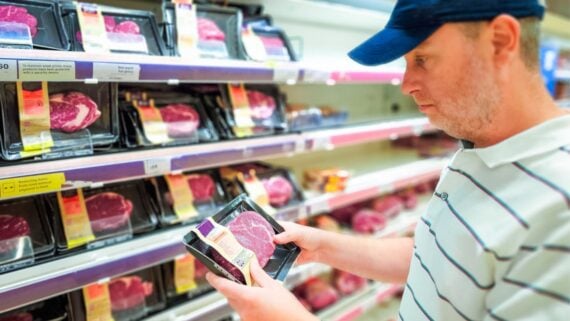Gone are the days when grabbing a burger wouldn’t break the bank. These days, Americans are feeling the pinch more than ever when they’re craving a steak — and it’s not just inflation to blame. A perfect storm of industry constraints, coupled with supply and climate woes, has sent beef prices through the roof. Here’s a breakdown of what’s driving the cost, whether relief is coming anytime soon, plus what you’re actually seeing on store shelves.
What’s Driving Up Beef Prices?
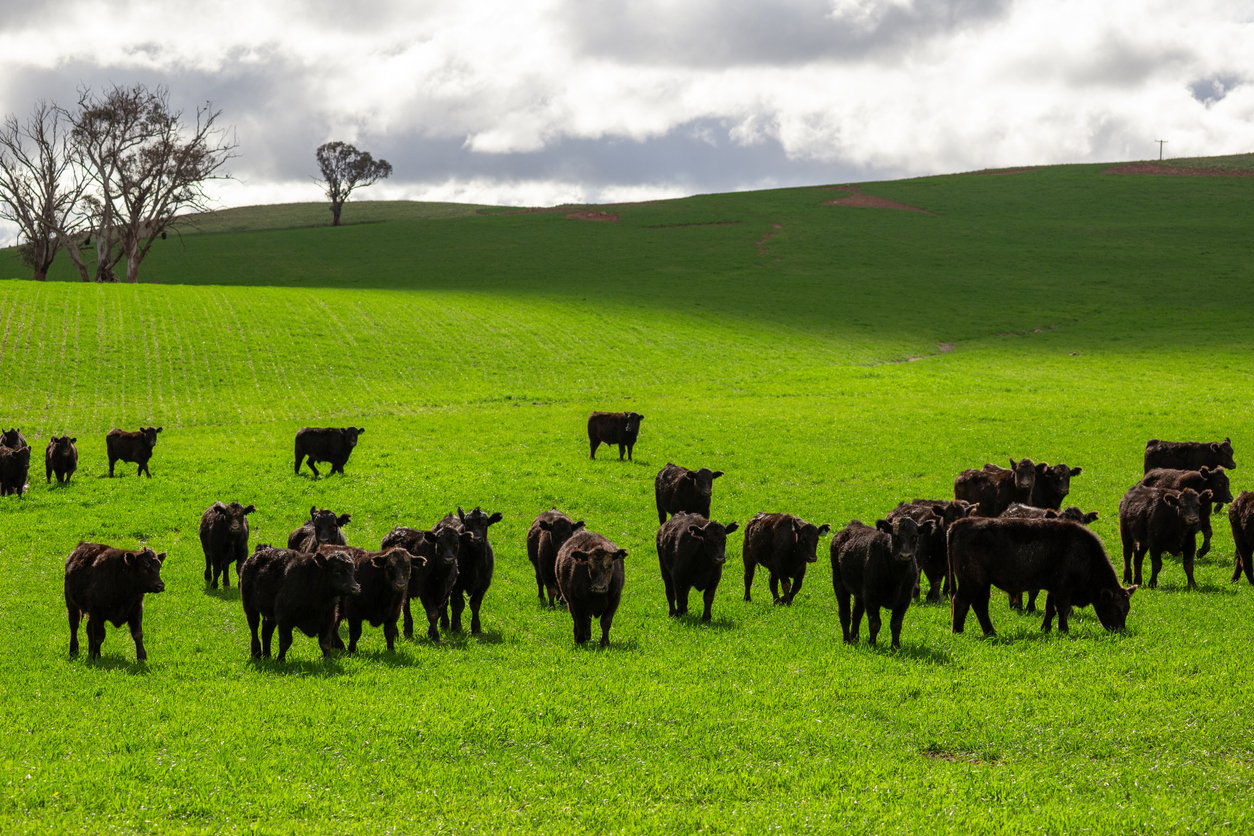
One of the biggest culprits is a shrinking local supply. According to United States Department of Agriculture (USDA) data, the U.S. cattle herd is at its smallest size in decades, down 4% this year and expected to dip another 2% in 2026. Weather factors such as droughts and climate change have also reduced grazing capacity and driven up feed costs in states like California and Utah. As a result, a growing number of ranchers have scaled back their herds or diverted cattle away from breeding toward quicker slaughter, making future supplies even scarcer.
Meanwhile, foreign imports have also fallen. Brazilian beef now faces a steep 76% tariff, making it far less competitive in the U.S. market. At the same time, concerns over the “screwworm parasite” have prompted the USDA to halt livestock crossings from Mexico. In hopes of easing local prices, U.S. President Donald Trump has also floated the idea of importing beef from Argentina, much to the chagrin of American ranchers, who feel that undermines the “America first” promise.
Ranchers aren’t winning just because prices are up. Rising feed, labor, insurance, and transport costs are reducing margins across the board. Couple this with consolidation costs and dependence on lean beef imports (which face increased tariffs), and you’ve got a recipe for disaster. Even if things turn around, rebuilding a herd takes time. It can take 30 months or more to raise cattle from birth to slaughter-ready weight. That means today’s supply crunch might keep affecting prices for years.
What You’re Seeing in the Store for Beef Prices
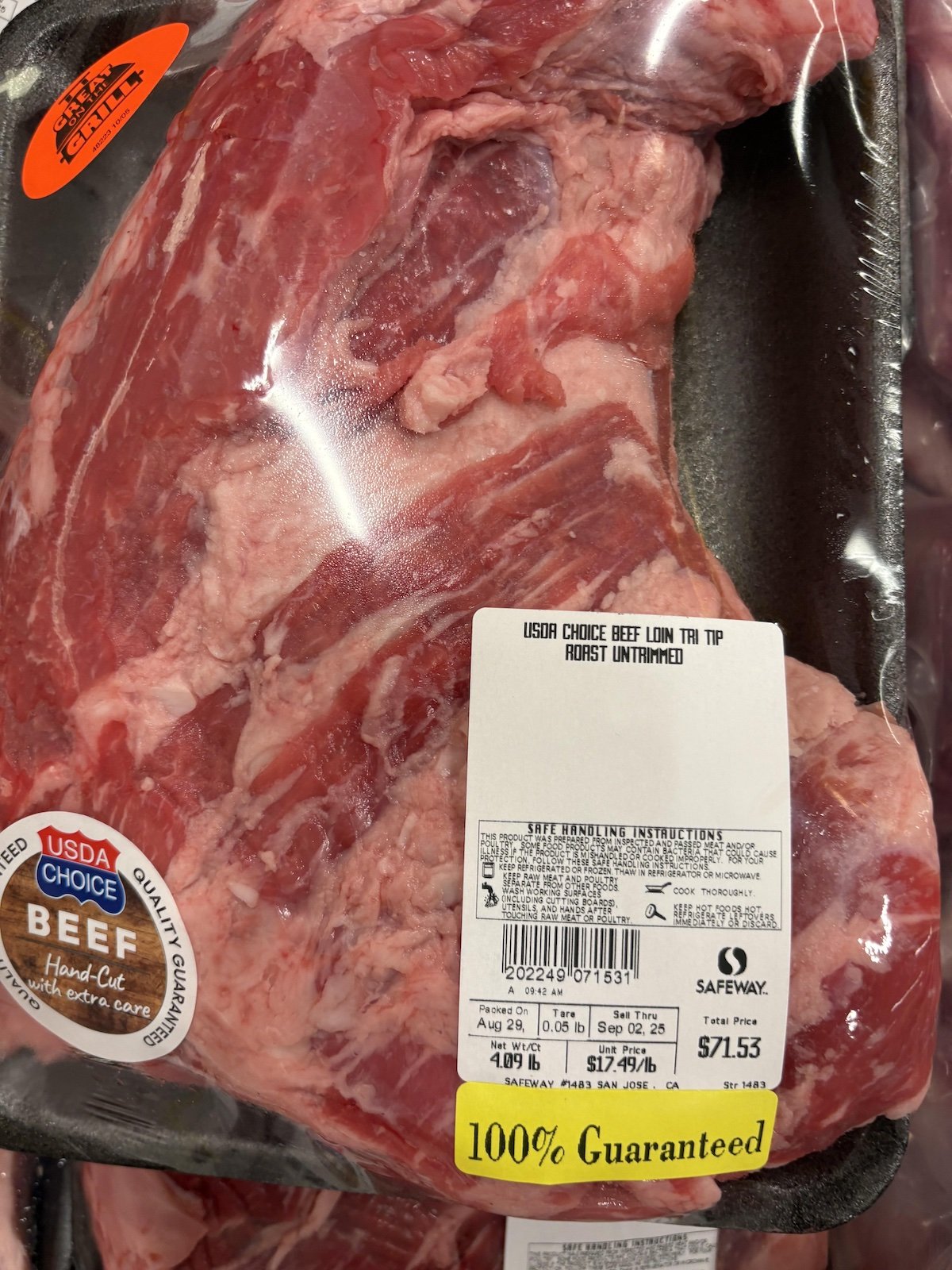
Ground beef and steak prices have hit all-time highs. In 2025, the average price of ground beef topped $6 per pound, while beef and veal have risen by almost 15% year over year. Retailers have been passing those higher costs down the chain: Lighter herds → higher cattle prices → higher wholesale → higher retail. With beef prices rising by the day, some consumers have opted to switch to other proteins, like chicken or pork.
“Who can still afford beef in the US?” writes one Redditor. “It’s a luxury item now, like caviar.”
“I bought a pound of hamburger meat, it was [expletive] $15!!!” writes another.
Another user notes, “I haven’t bought beef in about 2 years. Cheap chicken is all I can afford.”
Will Beef Prices Come Down Soon?
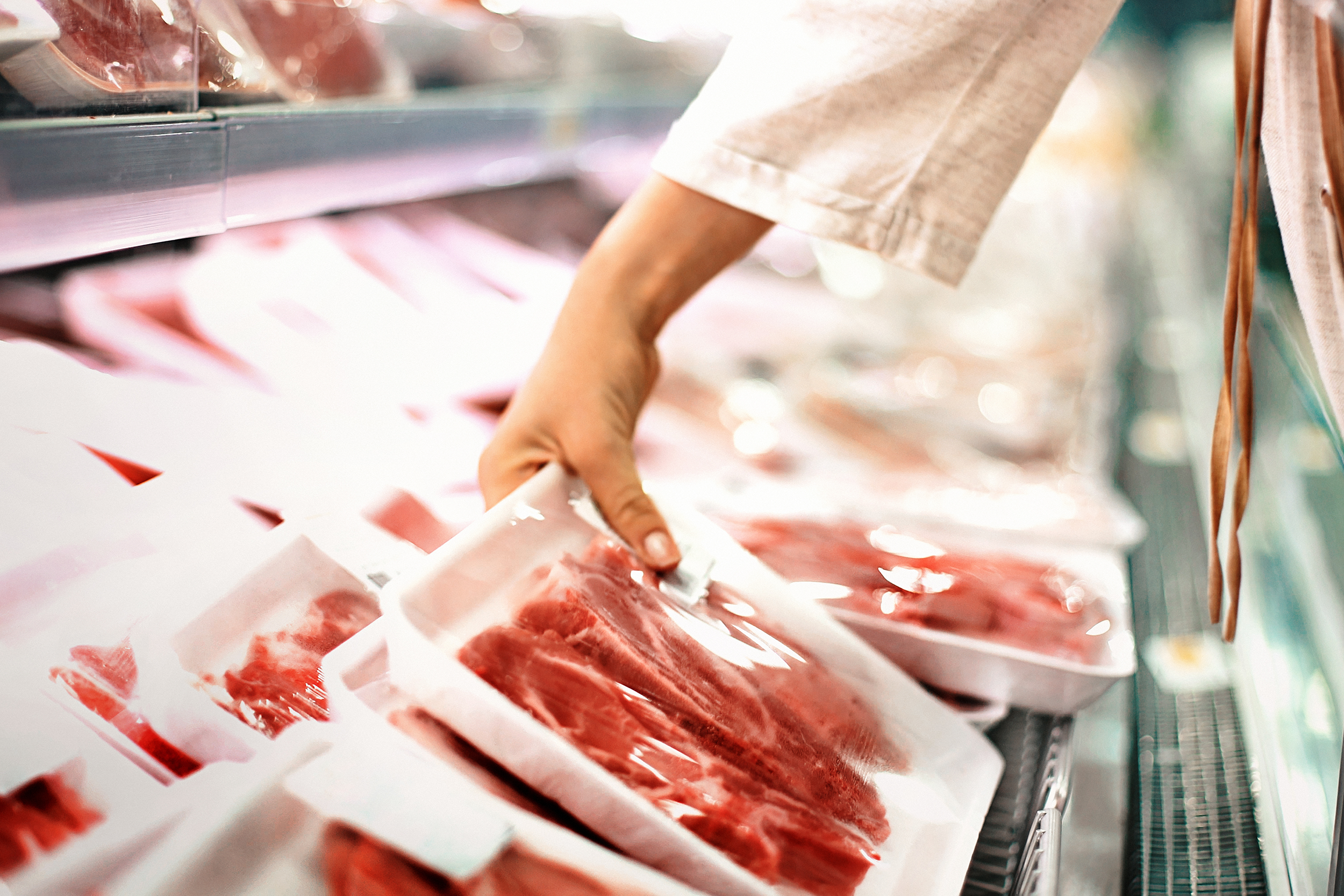
Short answer: Probably not anytime soon. Supply constraints, including drought, smaller herds, and high production costs, will continue to squeeze consumers, while ranchers remain cautious about expanding after years of losses. Even if imports increase, they’re unlikely to fully offset domestic shortages or the impact of tariffs in the short term. Some analysts say beef prices could stabilize within four years, but a sharp decline seems unlikely.
“I’d say it’s going to be years,” said Jim Richardson who works as a cattle rancher and veterinarian at Richardson Farms. “It’s a real complex issue, and it’s not going to remedy quickly.”
What You Can Do as a Consumer
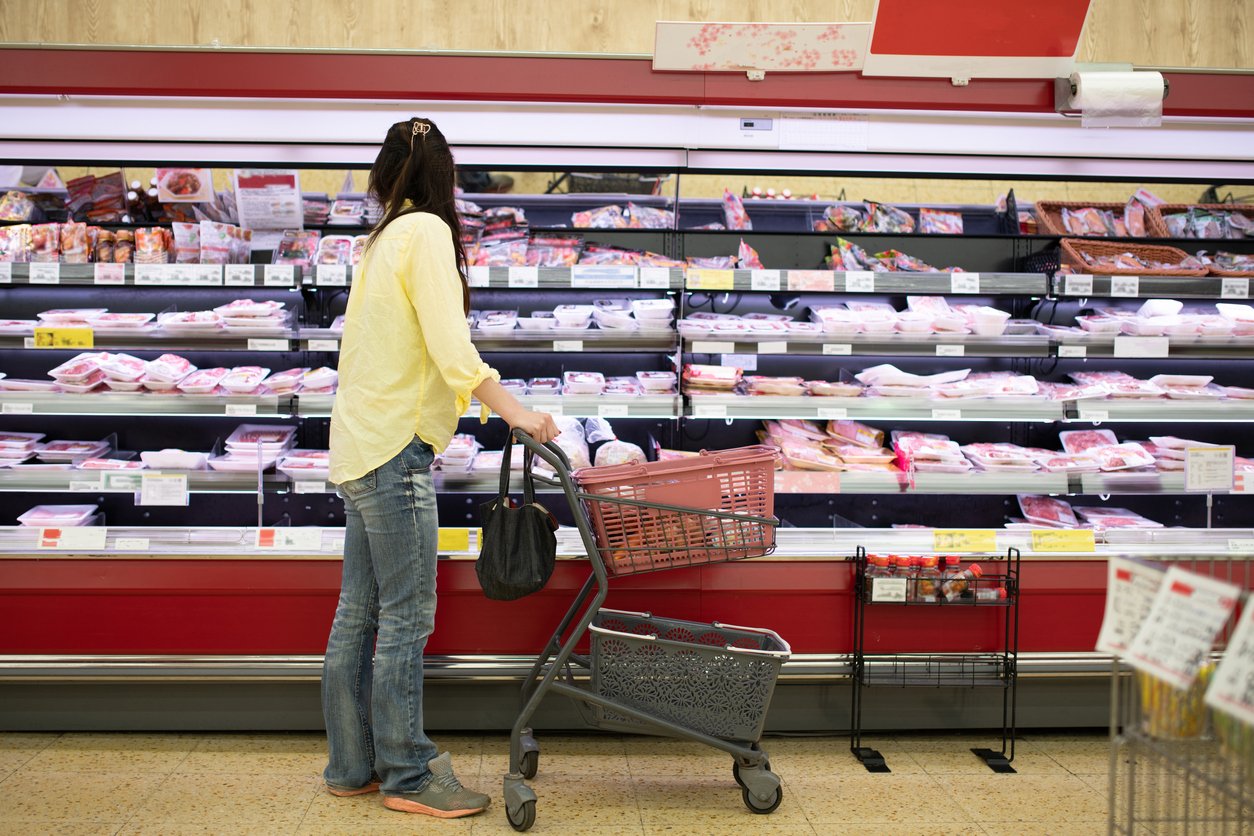
Though things look bleak at the butcher counter right now, there are still ways to keep beef on the table without going totally broke, including:
- Skipping the pricey cuts and opting for more affordable ones like chuck or round, instead of rib-eye or New York strip; they’re great for slow cooking and still full of flavor, especially for recipes like stews or pot roasts.
- You can also swap beef for chicken, pork, or even a plant-based option now and then to stretch your grocery budget further.
- When stores run specials, stock up and freeze what you can. A little planning can go a long way toward softening the blow of today’s beef prices.
More News From Cheapism
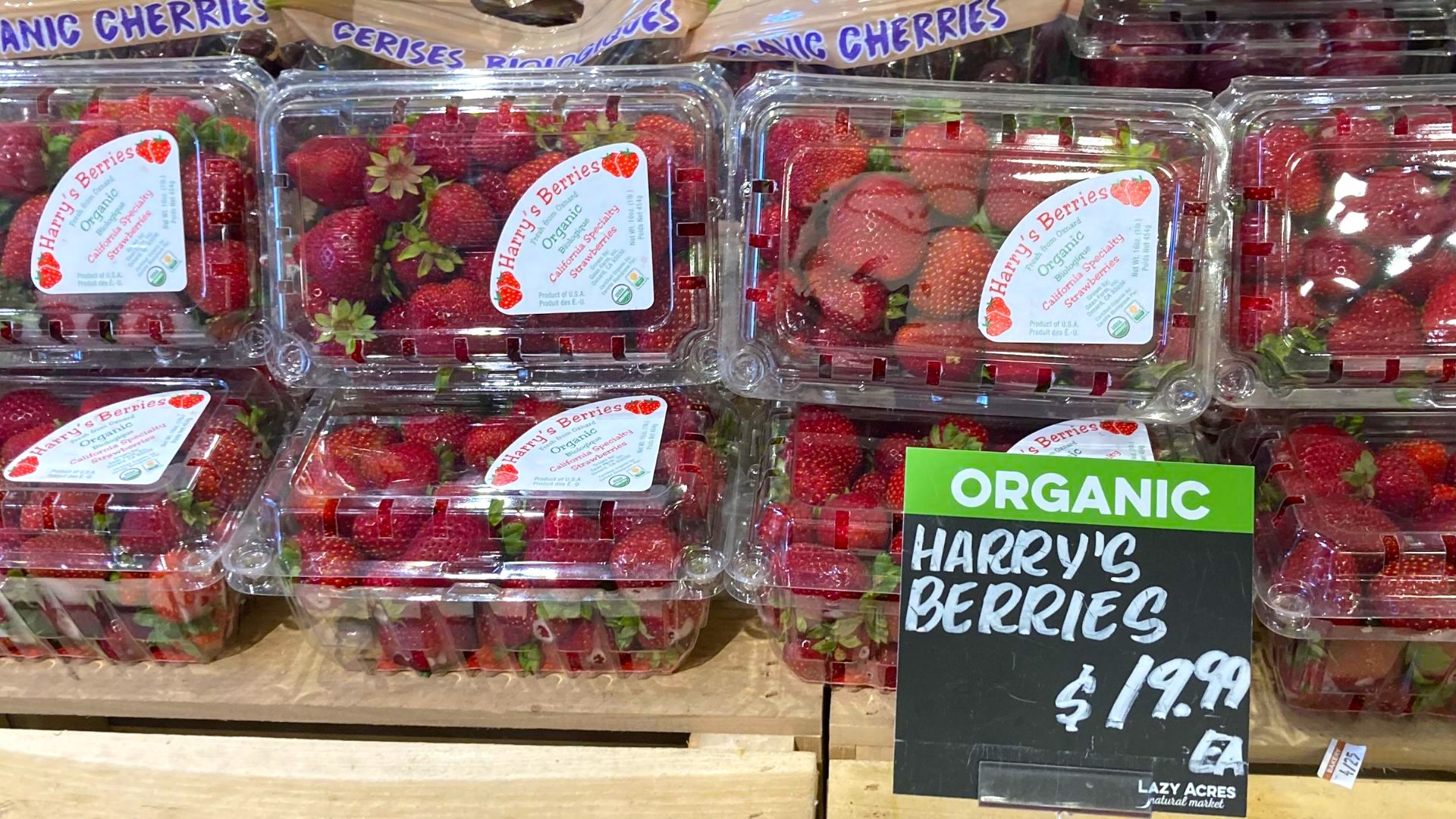
- Beef, Coffee Prices Soar in Latest Inflation Data, But Some Groceries Are Getting Cheaper — The latest numbers confirm what we’ve all been experiencing at the grocery store: Prices of some items have gone sky high. Thankfully, some items are getting more affordable.
- 10 Grocery Staples That Will Cost More Because of Tariffs — Inflation isn’t the only thing driving up costs at the grocery store.
- How Much A Dozen Eggs Cost The Year You Were Born — Curious to see how much the cost of eggs has changed since you were young? Here’s the breakdown.
